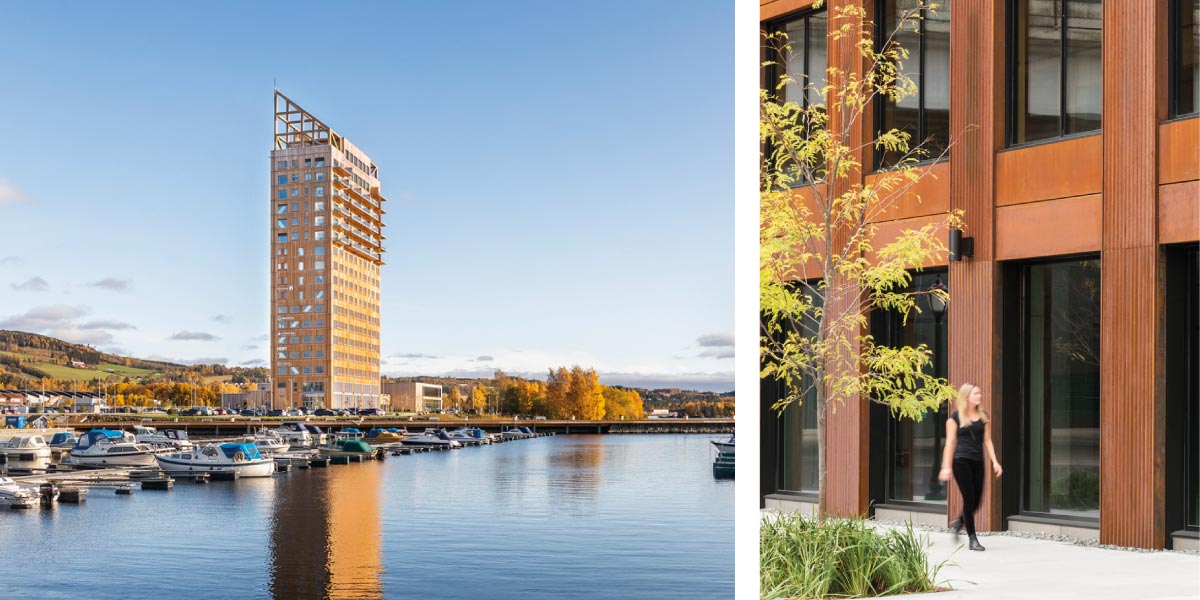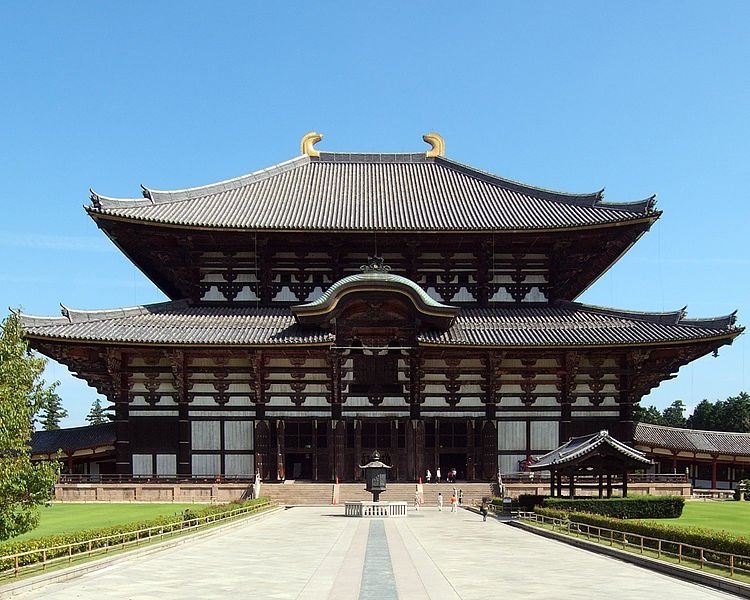From ancient times to the present, wood has been an essential and versatile resource for mankind. It has been used in the creation of tools, the construction of houses and bridges, and in the elaboration of artistic and cultural objects. At Pallets Castillo, we want to share with you some curious facts.
1. An ecological and renewable material
Wood is one of the few construction materials that is completely renewable. Well-managed forests can regenerate naturally, ensuring a continuous supply of wood without harming the environment. This regeneration process includes practices such as reforestation, where new trees are planted to replace those that are cut down. In addition, wood captures and stores carbon dioxide during its growth, helping to mitigate climate change by acting as a carbon sink. The use of wood in construction also contributes to reducing the carbon footprint of buildings, making this material an environmentally friendly and sustainable option.
2. Infinite variety of types
There are more than 60,000 species of trees in the world, each with its own unique characteristics. From the durability of oak, known for its strength and longevity, to the flexibility of bamboo, which is prized for its ability to bend without breaking, the variety of woods available allows for a wide range of uses and applications. In addition, each type of wood has its own distinctive color, texture and aroma, which adds additional aesthetic value. This diversity is reflected not only in the construction and manufacture of furniture, but also in musical instruments, works of art and other specialized products that benefit from the unique properties of each type of wood.
3. Surprising physical properties
Wood has a remarkable strength-to-weight ratio. It is strong enough to be used in large structures, such as bridges and buildings, but it is also lightweight, making it easy to handle and transport. For example, cross-laminated timber (CLT) allows the construction of tall buildings due to its high structural strength and lighter weight compared to concrete and steel. In addition, wood is an excellent thermal and acoustic insulator. Its natural cellular structure traps air, which provides insulating properties that help maintain comfortable indoor temperatures and reduce sound transmission. These properties make wood a versatile and efficient material for a wide variety of applications.
4. The durability of wood
Although wood may seem fragile compared to other materials, certain species of wood can last for centuries if properly handled and maintained. A notable example is the oak beams used in ancient European castles, some of which have withstood more than 500 years of history. Similarly, wooden structures in Asian temples have withstood climatic variations and adverse environmental conditions for centuries, highlighting the resilience of wood when treated with care and properly preserved.
A prime example is the Todai-ji Temple in Nara, Japan. This temple, built in the 8th century, includes the Great Buddha Hall, which is the largest wooden structure in the world and houses a giant bronze statue of the Vairocana Buddha. Over the centuries, Todai-ji Temple has withstood earthquakes and other climatic challenges, demonstrating the durability of the material.
5. Wood as an energy source
In addition to its versatility in construction and manufacturing, wood is also used as an energy source. Wood biomass, from forest residues, is used to generate electricity and heat in a sustainable manner. This process helps reduce dependence on fossil fuels and contributes to climate change mitigation as a low-carbon energy source. Wood pellets, for example, are a popular and efficient alternative to fossil fuels.
Apart from its direct use in the form of pellets, wood is also converted into liquid biofuels, such as bioethanol and biodiesel, which are used in the transportation and energy sectors with the aim of reducing greenhouse gas emissions and promoting a more sustainable and circular energy cycle.
6. Wood in modern architecture
In today’s modern architecture, wood is regaining popularity and use. With advances in civil and materials engineering, it is now possible to build skyscrapers and other high-rise buildings entirely of wood, offering a sustainable alternative to concrete and steel in urban construction. An impressive example is the Mjøstårnet project in Norway, which holds the title of being the world’s tallest wooden building with a height of approximately 85.4 meters.

In addition, cross-laminated timber (CLT) has revolutionized the way multi-story buildings are constructed, combining strength, lightness and sustainability. Projects such as T3 in Minneapolis and Brock Commons in Vancouver stand out for their innovative use of wood in structures that break the traditional conventions of modern architecture.
We hope this information has been helpful. At Pallets Castillo, we are proud to work with such a versatile and sustainable material. We invite you to visit our website to learn more about our products and our commitment to sustainability!


